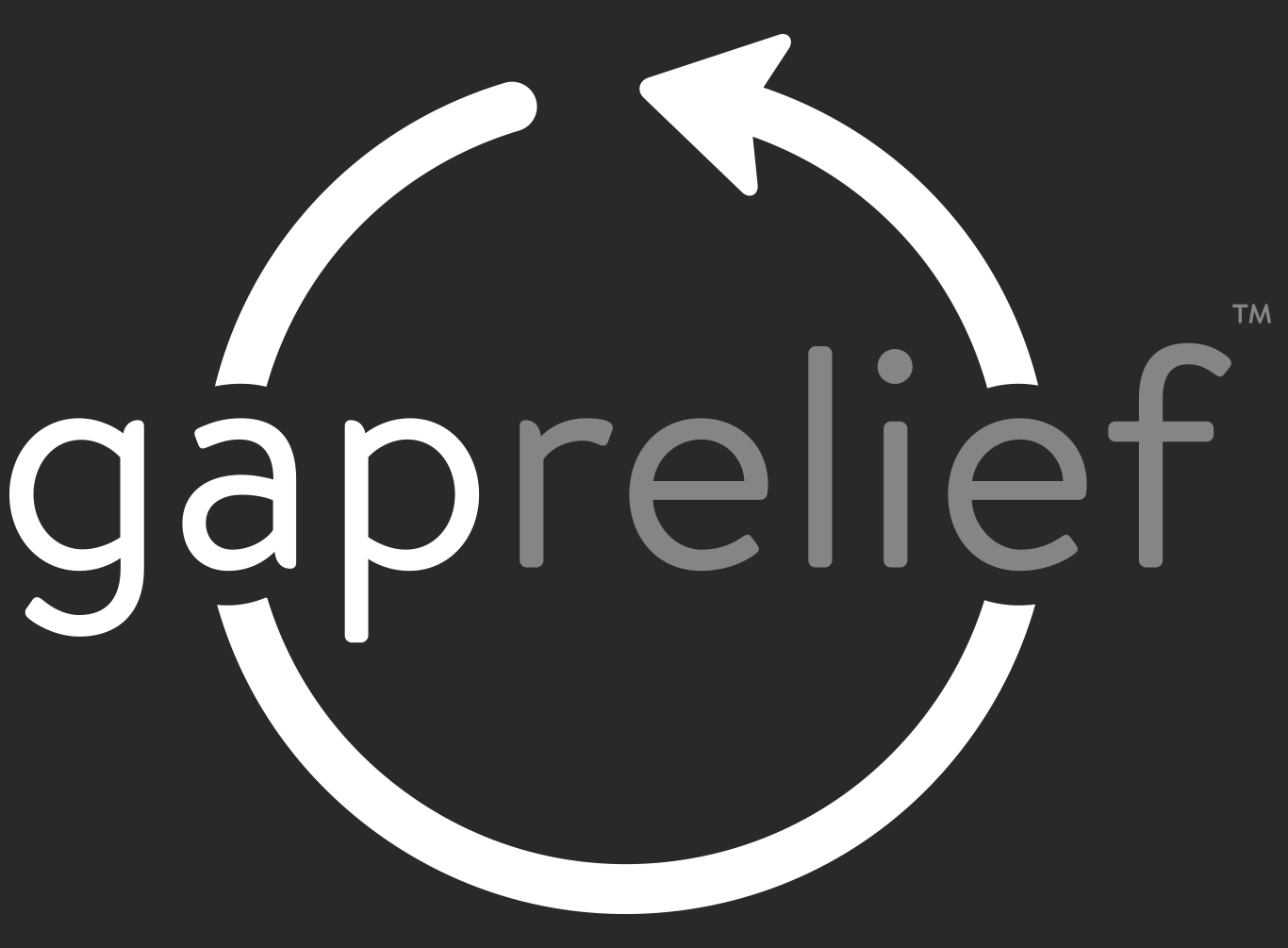Healthy Attachment for Healthy Healing
One of Gap Relief’s valued therapeutic practices is Attachment Coaching. Attachment can be defined as a deep relational bond that endures across time and space, and there are immense bodies of research indicating the importance of healthy attachment relationships when considering psychological and emotional health. Our TBRI practitioner is well-versed in working through attachment wounds in both children and adults, and has helped countless people work through these injuries as they engage their healing journeys. We wanted to spend some time talking about what we mean when we say “Attachment Coaching,” and discuss how it can be incredibly valuable to anyone who is taking steps towards healing.
Our Attachment Coach first works with clients to discover their attachment style, and then walks with them as they take steps towards more secure attachments. So, what is an “attachment style?” Our attachment style is initially formed through our earliest experiences with our caregivers. As a reminder, we can only give what we got as children until we learn a new way. It is often possible to look back at family history and see that each primary caregiver has a similar attachment style for generations back. Attachment styles can be changed through relational connections including a best friend, a spouse, a counselor, or a mentorship relationship.
There are 4 basic styles of attachment. One is secure and the other 3 are insecure attachment styles. Attachment is really just the way we show up in relationships. Sometimes the way we show up in relationships helps us build connection and felt-safety, and sometimes the way we show up hinders connection and feels relationally unsafe to those around us. Attachment styles are called one thing in infancy and another in adulthood (it can get confusing!) We’re going to share the infant/adult attachment style and a couple of characteristics we see in each style in adulthood. This is in no way a comprehensive description of the attachment styles, but it does give us a jumping off point to help us understand the 4 styles.
Secure/Secure - values relationships; able to look at the past with grace and truth; can form close relationships without difficulty; has a positive self-worth
Anxious Avoidant/Dismissive - tends to value things more than relationships, does not remember much about childhood, shows little distress when relationships end, avoids intimacy
Anxious Ambivalent/Entangled or preoccupied - appears angry and/or hopeless about caregivers in childhood; worries their partner in relationships does not reciprocate feelings; may be ‘clingy; often not satisfied with how close they are to others in relationships (friendship or romantic).
Disorganized/Unresolved - has disorganized view of caregivers from childhood; may present as helpless or hostile/aggressive; has difficulty establishing and maintaining positive relationships; untrusting
So knowing this, how can we work toward healthier attachment in our relationships? We believe it is most beneficial to discuss both how we can work toward healing existing attachment wounds as adults, and also how to help our children who are developing their attachment styles now.
For Adults:
Our brains and bodies are fascinating creations and are built to change and grow. Attachment styles are not static - they can be changed. Changing attachment styles starts with identifying where you are. Once we have identified our attachment style, we then start to notice patterns of behaviors, reactions, thoughts, and ways of engaging that are part of that attachment style. After we’re aware, we can then begin to change the pattern.
So, how do we change the pattern? It’s definitely not a one time thing. It takes time, curiosity, confession, and often—many opportunities to practice repair. There are vast resources available to help us walk in ways that help change our attachment style including books, podcasts, and attachment coaching. Here are a few of our attachment coach’s favorites:
Books:
Anatomy of the Soul - Curt Thompson
Try Softer & Strong Like Water - Aundi Kolber
Raising a Secure Child - Hoffman, Cooper & Powell
How we Love - Kay Yerkovich and Milan Yerkovich
Podcast: The Place We Find Ourselves, Securely Attached, Attachment Theory in Action
Counseling
Coaching with Elizabeth Brown, Gap Relief’s incredible Attachment and Resource Coach
For Children (especially kids coming from hard places):
Statistically speaking, kids who come from hard places (for our purposes here, we are looking specifically at children who may have experience with foster care or adoption) have a greater likelihood of having an insecure attachment style. This is due to a number of factors including the increased possibility of the loss of connection with their first primary caregiver. Just as an adult would take steps towards healing in attachment, the first step when walking with a child from hard places is to acknowledge the loss that the child has experienced. Then, we must begin to notice how we show up in relationship with our child. Are we able to meet them with curiosity and compassion, rather than judgment and consequences? When there is a relational rupture—and there will be rupture as it is a fact of relational experiences—are we able to practice repair?
Parenting from a place of connection before correction is a paradigm shift. Connected parenting can get a bad rap as being permissive parenting. However, true connected parenting is high structure and high nurture, seeing the need and meeting the need, connecting before correcting. The correcting comes after connection is practiced. There is so much brain science behind this truth.
If you are curious about attachment and want to dig in more you can check out resources such as the ones listed above, The TBRI Podcast, or Ross Greene’s books or podcast. Our Attachment Coach would also love to connect virtually or in person to dive deeper into your own attachment style, see how it is helping or hindering your relational growth, and then take a look at what connected parenting might look like for you in every day life.

